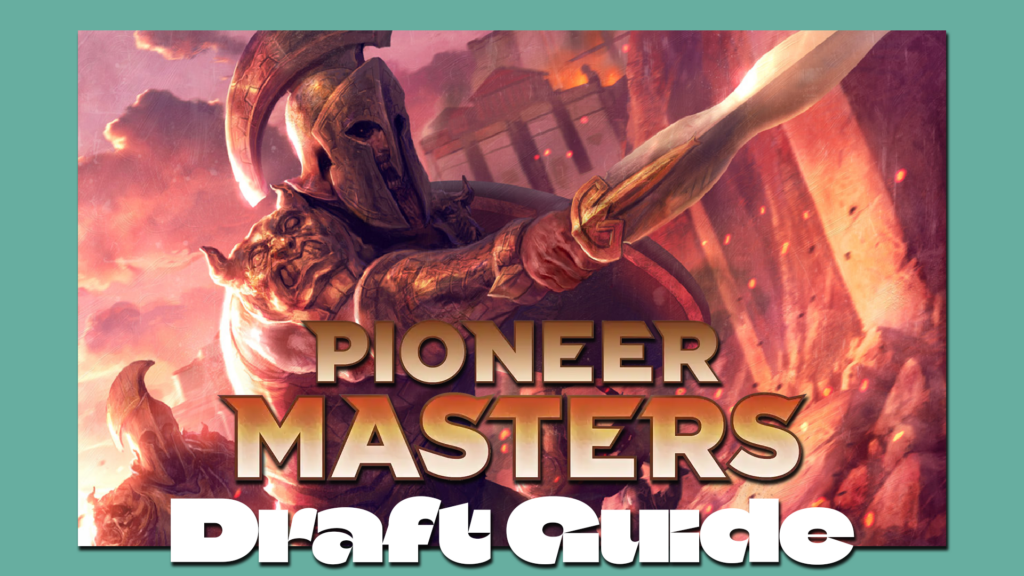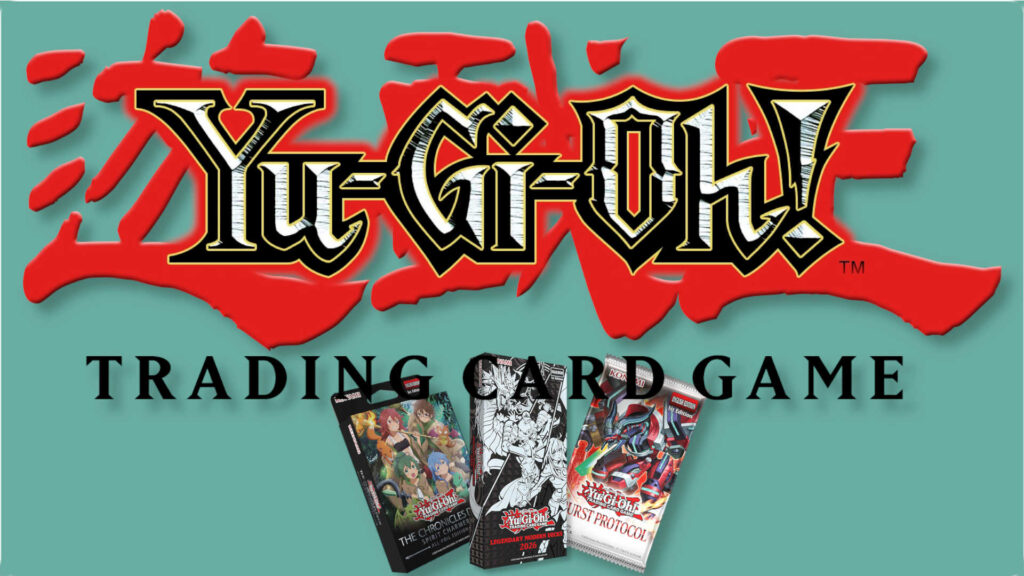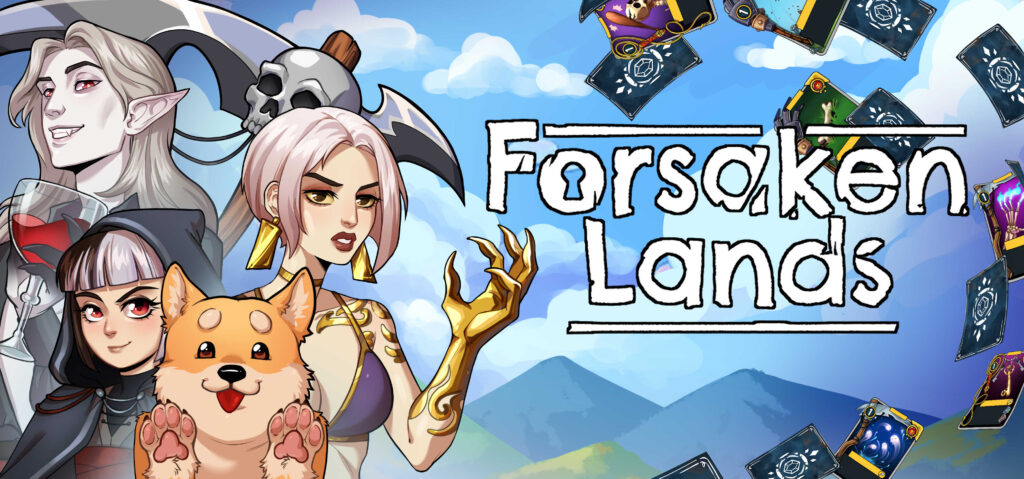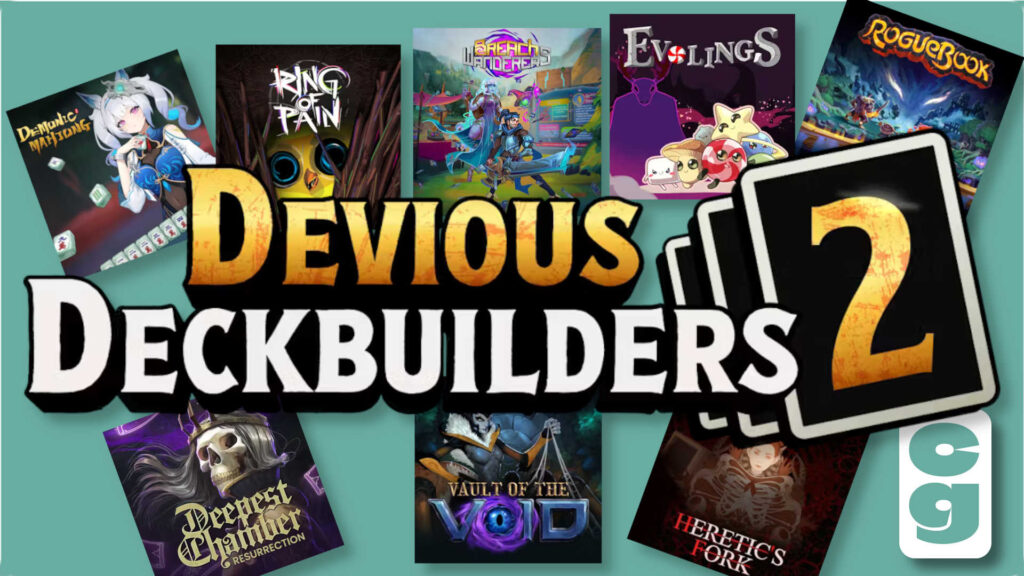The long-awaited Pioneer Masters is finally available on Magic Arena! Many people have been looking forward to the set helping bridge the gap between the Arena-only Explorer format and the currently paper-only Pioneer format (myself included), but just as many are looking to jam as many drafts of the set as possible. I’ve had some success in the format, so today I’m going to break down how to draft Pioneer Masters and win some games!
Table of Contents
ToggleSome Notes on Bonus Sheets in Pioneer Masters
Pioneer Masters, like Shadows over Innistrad Remastered from last year, features multiple bonus sheets which rotate at different points during the set’s lifespan. Each pack you open in draft will contain one card from the current bonus sheet. The schedules for the bonus sheets are as follows:
Planeswalkers: December 10–24
Spells: December 24–January 7
Devotion: January 7–21
At the time of writing, the Planeswalkers bonus sheet is in rotation. This means we haven’t played with the other two sheets and have no firsthand experience with them. These sheets include some powerful cards at lower rarities that shape the feel and balance of the format. Let’s talk about the broad themes of each sheet and some important cards in each.
The Planeswalkers bonus sheet is ostensibly focused around planeswalkers and cards that interact with them. That said, at lower rarities the sheet actually contains a lot of impactful evasive creatures and ways to either force through damage or prevent it from being forced through.
In general, this bonus sheet increases the chances of playing against a powerful planeswalker in any given game by a significant margin, but the format does already have a number of ways to pressure or remove them so they don’t feel oppressive. The most important card on this bonus sheet is likely Goblin Heelcutter which is one of the best-performing commons in the entire set!
The Spells bonus sheet is entirely comprised of instants and sorceries. There are a few removal spells here, and some powerful board wipes at higher rarities, but overall this will likely be the least impactful bonus sheet.
Several cards on this sheet are either extremely niche or near unplayable in the context of Limited. The biggest thing to keep an eye on will be the cycle of ten Fuse cards from Dragon’s Maze, like Far // Away and Profit // Loss. While each individual half of these cards tends to be slightly over-costed, the flexibility of these cards (both in terms of which halves to cast and even which cards to put in your deck when you can only cast one half) tends to make them stronger than they look.
The Devotion bonus sheet includes lots of cards with the devotion mechanic. These care about the numbers of colored pips in the mana costs of permanents you control. This includes a smattering of commons and uncommons as well as all 15 Gods from original Theros block. This time we also have a cycle of five hybrid-mana uncommons, which are technically playable with either of the card’s colors and help power up devotion in a big way. These cards, like Gift of Orzhova, Nightveil Specter, and Rubblebelt Raiders, will likely be instrumental in making any potential devotion strategies work while often being individually powerful in their own rights.
A Look at the Draft Archetypes of Pioneer Masters
Each color pair has an associated archetype in Pioneer Masters, with one signpost common and two signpost uncommons to help direct drafters towards a specific strategy.
Azorious Flyers – White Blue
This color combination wants to play a tempo strategy. Play evasive threats to threaten your opponent’s life total while slowing down their own assault. Lyev Skyknight exemplifies the strategy by stopping an opponent’s creature for a turn and being an aggressively costed flyer.
White is an aggressive color in this format and provides ways to protect and enhance your key threats, which can be especially effective when that threat is already evasive. Blue provides more of the actual flyers and often acts as more of a supporting color. Gust of Wind, one of blue’s strongest commons to begin with, really shines here as it will often only cost two mana.
Dimir Control – Blue Black
Dimir is playing a typical control plan here: answer your opponent’s threats one for one early, then bury them in card advantage in the long game. You want cards that get multiple cards worth of value, like Possessed Skaab and Dinrova Horror.
This color combination has proven to be one of the tougher ones to make work. While both of your colors have access to card advantage and removal, this format has several powerful aggressive decks that you need to be able to answer. The deck can work when drafted well, but you need to prioritize early-game interaction and roadblocks over card advantage.
You’ll also want some sort of bomb threat for the late game – something that slams the door shut on your opponent once you’ve stabilized, as opposed to something that will eventually win you the game but gives your opponent time to draw an answer.
Rakdos Midrange – Black Red
Do you like playing generically good cards? If so, this is probably the deck for you! Rakdos has the stated goal of just playing a solid midrange game, and it’s proven to be very effective in this format. No need to get fancy, just use great removal like Dreadbore to kill the permanents you need gone and efficient threats like Bloodtithe Harvester to get the job done.
While it’s still early in the format and color balance is overall pretty solid, red has so far been the frontrunner across the five colors. Between Wild Slash, Fall of the Hammer and even Boulder Salvo, you have access to plenty of good removal at common in red alone. Black supplements your removal options even further, and since this color combination’s strategy is really just “play the good cards,” you don’t need to worry much about synergy when choosing which threats to deploy.
This is one of the easier and more consistent decks to assemble in the format.
Gruul Stompy – Red Green
As is usually the case, Gruul wants to smash stuff. Color combinations containing red usually want to be aggressive in Pioneer Masters, but this deck may opt for larger threats. Zendikar Incarnate gets big over the course of the game, while Ghor-Clan Rampager can be a threat or a way to suddenly push through a ton of damage.
This deck feels more reliant on uncommons than the other red decks. Green in particular gets access to powerful creatures like Goreclaw, Terror of Qal Sisma, Honored Hydra, and Kraul Harpooner at uncommon, all of which usually demand answers. Look for powerful threats in these colors to pull you into Gruul.
Selesnya Midrange/Bogles– Green White
Selesnya is in a weird spot in this set. There are heroic payoffs and enablers sprinkled into both colors, but the signpost cards don’t strongly support the theme. You can instead lean on a more generic midrange strategy in these colors, but it doesn’t quite reach the heights Rakdos does with the same strategy. Still, cards like Selesnya Charm and Loxodon Smiter are individually quite strong, so strong decks are still possible.
One thing to note with Selesnya is that some of your best heroic creatures are actually Gladecover Scout and Bassara Tower Archer. Neither actually has that ability word, but hexproof more than makes up for it. I would try to pick up some of these cheap hexproof creatures if I’m drafting this deck (and hope I don’t run into too many decks playing Devour Flesh.)
Orzhov Aristocrats – White Black
The signpost cards in Orzhov ostensibly point you into an aristocrats-style strategy where you want to sacrifice small creatures for value. That said, this feels questionable, as the signpost cards aren’t all-stars, and there’s not a ton of support for the strategy at lower rarities.
There aren’t a lot of great creatures that you actively want to sacrifice, so your sacrifice outlets like Nantuko Husk seem weaker than they might otherwise be. That all said, white and black have access to strong enough midrange cards where you can likely fall back on that plan if needed.
I’m most likely to be in this color combination if it’s wide open and/or I get some great rares/mythics pushing me in that direction.
Izzet Prowess – Blue Red
We’ve got another aggressive red-based color pair here. Izzet mainly wants cheap creatures with prowess and similar abilities combined with the noncreature spells that trigger those abilities. Stormchaser Mage and Nivix Cyclops really get to shine here when supported properly, and that’s not hard to do when these colors have so many great noncreature spells!
Monastery Swiftspear is pretty fantastic here, often getting down to start whittling the opponent away before they can even start mustering a defense! I really like this deck in this format, but I will provide the caveat that balancing your spells and creatures is extremely important here. Getting too many of one or the other can create imbalanced decks that won’t be as consistent.
I want to shout out Gust of Wind again here, too. You still have access to flyers like Stormchaser Mage to enable the discount, and even at full price the card feels great if you’re triggering a couple of prowess creatures!
Golgari Graveyard– Black Green
The signpost cards for Golgari clearly point towards a graveyard theme. All of the signpost cards are individually powerful, and we do have access to other self-mill effects like Undead Butler and Commune with the Gods to power up the cards that really care about the graveyard.
Cards like Nighthowler and Seed Guardian reward us for having a graveyard stocked with creatures, while cards like Dreg Mangler and Honored Hydra are still useful when they hit the graveyard.
Having said all of that, there aren’t a lot of payoffs for this strategy at common (notice how three of the last four cards I named are uncommons.) There’s also some tension between aggressive cards like Dreg Mangler and slower cards like Undead Butler, which can make the strategy less cohesive. If all else fails, backing up green’s threats with black’s removal can certainly work.
Boros Heroic – Red White
Boros is currently the best-performing deck in the format, and it’s not hard to see why. Your plan is to play cheap creatures with heroic abilities, which trigger when you target the creature with a spell. Use your nonpermanent spells and enchantments to help push these smaller creatures through for damage and they’ll quickly become an insurmountable obstacle for your opponent!
This deck is similar to the Izzet Prowess deck we just talked about, but a little more specific in what it wants and a good deal more consistent. The uncommons Tenth District Legionnaire and Anax and Cymede are among the best creatures you can utilize with your spells, but you have plenty of other aggressive options.
Many of the red cards that work well in Izzet work well here too. Do note that this is also the most popular deck currently being drafted in Pioneer Masters. While the colors are deep enough to potentially support multiple drafters in a pod, don’t expect these colors to consistently be open.
Simic Converge/Gates – Green Blue
Simic’s a weird one. You’re rarely going to see just green and blue in a deck together, because this deck wants to play a bunch of colors! Cards with the converge mechanic reward you for playing as many colors as possible, while the Gates in each pack combined with powerful cards that specifically care about them, like Gatebreaker Ram, Gates Ablaze, and Gate Colossus, provide powerful payoffs if you play your cards right.
This is almost certainly the hardest deck to draft correctly, but anyone who’s played much Ravnica Allegiance draft in the past can attest to how fun it is to get a Gates deck like this right! There’s plenty of fixing available and the payoffs are there, but you need to be certain this deck is open before you plan to draft it. It’s the kind of deck that some players like to force, and while you get to take lots of off-color bombs, you can also end up fighting your neighbors for the fixing needed to cast them.
Additionally, the aggressive decks are too fast and consistent to not have a game plan for them. If you don’t have ways to catch up from playing a bunch of tapped Gates early, you’re going to get run over.
Tips and Tricks for Pioneer Masters Draft
- There are cycles of modal dual-faced cards at common and uncommon with lands on the back. These are not as strong as they were in Zendikar Rising but should still be valued. You can’t afford to have your hand gummed up with tapped lands early, but one or two will increase your consistency and reduce mana screw/flood. Sejiri Shelter deserves special mention for providing both the land option and a great way to protect key threats and trigger Heroic!
- Splashing is definitely viable in this format and not limited to the green-based decks. By default you should be aiming for a two-color deck, but if you happen to get a powerful rare/mythic off-color bomb you can prioritize mana fixing to make it castable.
- Speaking of bombs, you’re going to play against a lot of them. There are lots of powerful rares and mythics, and even some of the commons and uncommons were formerly rares! That said, this set also has a lot of good removal. You can’t usually hinge your whole game plan on one bomb, and you need to pick up enough removal to deal with opponents that curve several rares into each other. It can sound daunting, but it’s totally doable!
- Knowing which bonus sheet is in rotation is important, but do keep in mind that you can still match up against players who drafted other bonus sheets once the sheets rotate. Basically, if you draft a deck with the Planeswalkers bonus sheet, but don’t complete your matches until the Spells or Devotion bonus sheets are in rotation, you’ll still be able to use your deck. This is most likely to happen immediately after the bonus sheets rotate.
Hopefully with all of that you’ll have a great starting point for Pioneer Masters draft! This format has a ton to offer and I’m excited to keep playing it (especially as the new bonus sheets rotate in.) Good luck, and have fun!
New to Arena and don’t know where to start? Check out our in-depth beginner’s guide here!




